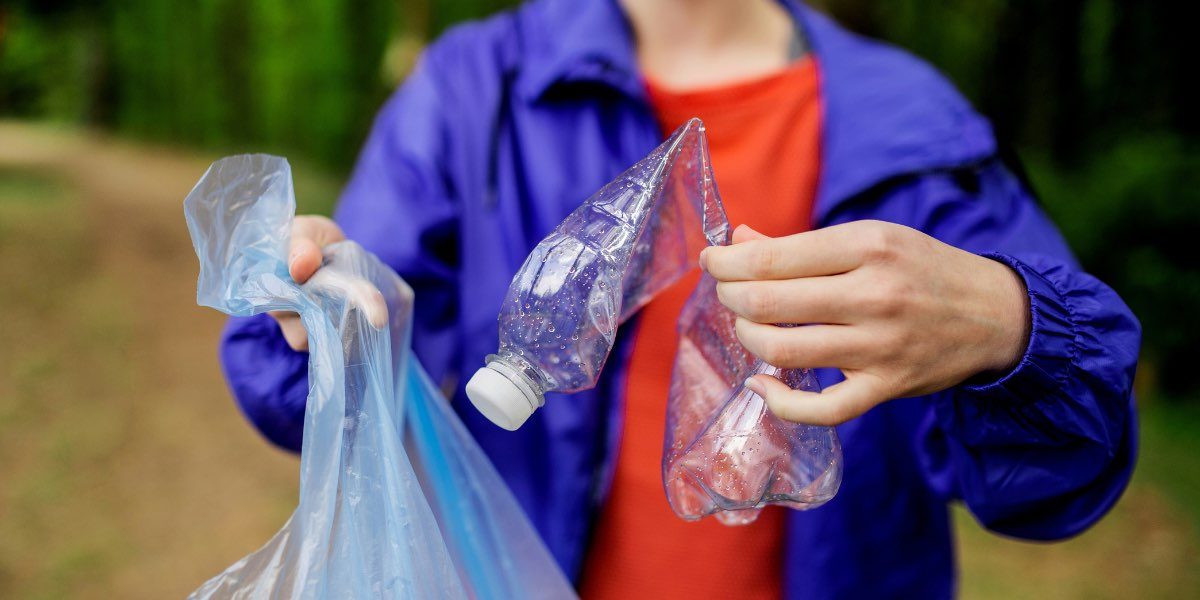Over recent years, the growing environmental impact of plastic use has prompted a shift in how consumers approach products and packaging. Historically, plastic has been widely regarded for its convenience, affordability, and versatility. However, mounting concerns about its long-term effects on the environment, particularly in oceans and ecosystems, have led to a noticeable change in consumer behavior. Increasingly, individuals are considering the environmental costs of their consumption choices and are seeking alternatives that align with more sustainable practices.
This change in attitude toward plastic use and waste reflects a broader cultural shift towards sustainability. Consumers, particularly among younger generations, are becoming more conscientious about the materials they purchase and the impact of their choices on the planet. As a result, businesses are responding by rethinking their reliance on plastic, with an increasing focus on finding alternatives and minimizing waste. This evolving dynamic has had an effect on both individual consumption habits and the broader supply chain, which is adjusting to meet the growing demand for sustainable products and packaging.
Read also: AI in Brand Management: Promoting Sustainable and Ethical Practices
What Are the Key Drivers of the Shift in Consumer Attitudes?
Several factors have contributed to the shift in consumer attitudes towards plastic use and waste. Increased visibility of plastic pollution, particularly in natural environments like oceans, has heightened awareness about the scale of the problem. As reports on the accumulation of plastic waste in marine ecosystems have spread through media, the impact of plastic waste on biodiversity and the health of wildlife has become more apparent.
Moreover, consumer awareness has been shaped by environmental advocacy campaigns, documentaries, and educational efforts. Images of marine animals entangled in plastic, or ingesting plastic waste, have deeply resonated with the public, fostering a collective concern about the consequences of unchecked plastic consumption. Over time, as plastic pollution continues to affect wildlife and ecosystems, more consumers are rethinking their own role in contributing to the problem.
In addition to environmental awareness, increasing concern about the longevity of plastic waste has played a role. Many plastics take hundreds of years to decompose, during which time they can persist in landfills or natural environments, slowly breaking into smaller microplastics. Research highlighting the persistence of plastics in ecosystems has led to growing concerns about their impact on both the environment and human health. This scientific awareness has prompted consumers to explore alternatives to plastic in their daily lives.
Economic factors also influence consumer attitudes. As sustainability becomes a higher priority for many consumers, the demand for eco-friendly products is growing. This trend is especially prominent in urban areas where consumers may have greater access to alternatives like reusable bags, containers, and packaging-free products. Sustainability, once considered a niche concern, is increasingly seen as part of broader social responsibility.
How Are Consumers Responding to Plastic Waste Concerns?
In response to the growing awareness of plastic waste, many consumers are taking steps to reduce their plastic consumption. A primary shift has been the widespread adoption of reusable alternatives. Items such as fabric shopping bags, stainless steel water bottles, and reusable containers have become common substitutes for single-use plastic products. As consumers replace disposable plastic items with more durable, long-lasting alternatives, they contribute to reducing overall plastic demand.
Another significant response has been the preference for products with minimal or sustainable packaging. Many consumers now actively seek items with eco-friendly packaging that is either recyclable, biodegradable, or made from recycled materials. This change has led to the growth of “zero-waste” stores and eco-conscious packaging solutions, where products are sold with little to no plastic. As part of this shift, some consumers are also opting for bulk buying, which reduces the need for packaging altogether and cuts down on plastic waste.
Increasingly, consumers are also paying attention to the recyclability of the materials they purchase. While not all plastics are recyclable, many consumers are more actively sorting waste, ensuring that items made from recyclable plastics are properly processed. Public recycling initiatives and clearer recycling guidelines have made it easier for consumers to engage in more responsible waste management practices.
However, despite these shifts, some challenges remain. Many communities still lack the infrastructure to handle recycling effectively, which can hinder the overall impact of consumer recycling efforts. Furthermore, access to sustainable alternatives can be limited in certain areas, particularly in developing regions or less urbanized locations. These factors may slow the adoption of more sustainable habits among some consumers.
What Role Do Businesses Play in Changing Consumer Behavior?
As consumer preferences evolve, businesses are increasingly responding by adjusting their practices. Companies are beginning to recognize that adopting sustainable solutions is not only beneficial for the environment but can also help meet growing consumer demand for eco-friendly products. The shift in consumer behavior has led many businesses to explore alternatives to plastic packaging, including materials that are biodegradable, recyclable, or derived from renewable resources.
In some cases, businesses are embracing circular economy principles, where products and materials are reused or recycled, rather than disposed of after use. Companies that manufacture consumer goods, for example, may design their products and packaging with recycling in mind, ensuring that materials can be reused in future production cycles. These steps reflect broader trends toward sustainability in supply chains, which are often driven by consumer demand for more responsible production and packaging methods.
Additionally, businesses are increasingly adopting transparency in their sustainability efforts. Many companies now disclose information about their material sourcing, environmental impacts, and steps taken to reduce plastic use. This transparency is important in building trust with consumers, who are becoming more conscious of the environmental impacts of their purchases. By openly sharing their efforts to minimize plastic waste, businesses can demonstrate a commitment to sustainability, which can help to attract and retain environmentally-conscious consumers.
Some companies are also exploring “plastic-free” product lines or offering incentives to customers who return used products for recycling. This encourages consumers to participate in the circular economy and reinforces the idea that businesses, as well as consumers, play a role in reducing plastic waste.
What Challenges Do Businesses Face in Reducing Plastic Use?
Despite the growing demand for sustainable alternatives, businesses face several challenges in reducing plastic use. One of the key barriers is the cost associated with switching to alternative materials. Eco-friendly packaging, for example, is often more expensive than traditional plastic packaging, particularly when it comes to new and emerging materials. This can make it difficult for small or cost-sensitive businesses to adopt sustainable practices without raising prices.
Supply chain limitations also present challenges. The infrastructure for sourcing and manufacturing sustainable materials may not be as developed or widespread as the systems in place for traditional plastic production. For example, some biodegradable materials may not be as readily available or cost-effective as plastic, and the lack of recycling facilities in some regions can make it difficult to process alternative materials effectively.
Additionally, consumer expectations can sometimes conflict with sustainability efforts. While many consumers express a desire for eco-friendly products, they may not always be willing to pay a premium for them. Balancing sustainability with affordability remains a challenge for many businesses, particularly in competitive markets where price is a primary concern.
Read also: Why Balancing Global Trade Matters
What Is the Future of Plastic Use and Waste?
As awareness of the environmental impact of plastic continues to grow, it is likely that the trend towards reducing plastic use will continue to expand. Both businesses and consumers are increasingly looking for ways to mitigate the impact of plastic waste, and governments around the world are introducing regulations to limit plastic use and promote more sustainable practices.
Looking ahead, the future may see a continued push for innovations in biodegradable materials, plant-based plastics, and improved recycling technologies. Advancements in packaging solutions that are both sustainable and cost-effective will be key to the ongoing reduction of plastic waste.
In addition, the role of education and awareness campaigns will remain essential in shifting consumer behavior. As consumers become more informed about the environmental consequences of their choices, they may continue to demand more sustainable products and push for greater responsibility from businesses in reducing plastic waste.
The transition away from excessive plastic use is complex and will likely require collaboration between businesses, governments, and consumers. While challenges remain, the ongoing change in consumer attitudes and the growth of sustainable alternatives suggest that efforts to reduce plastic use will continue to gather momentum in the coming years.







